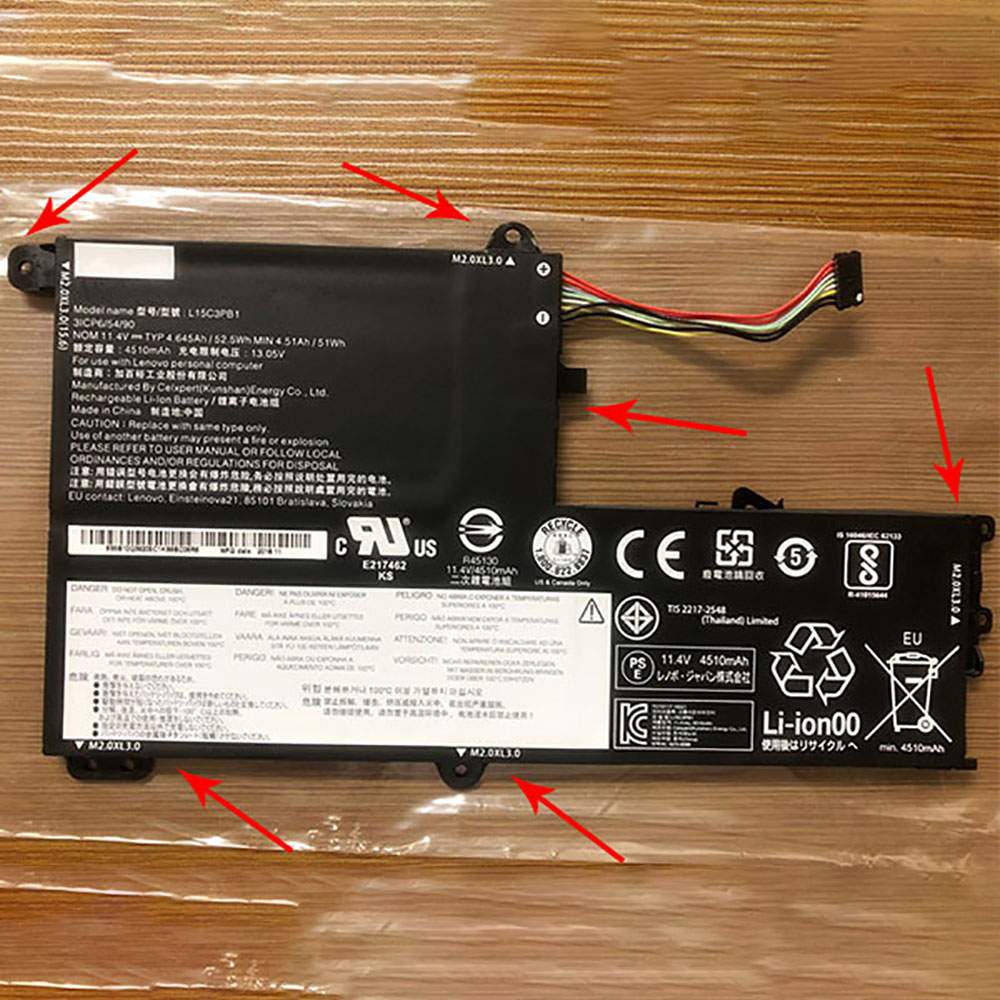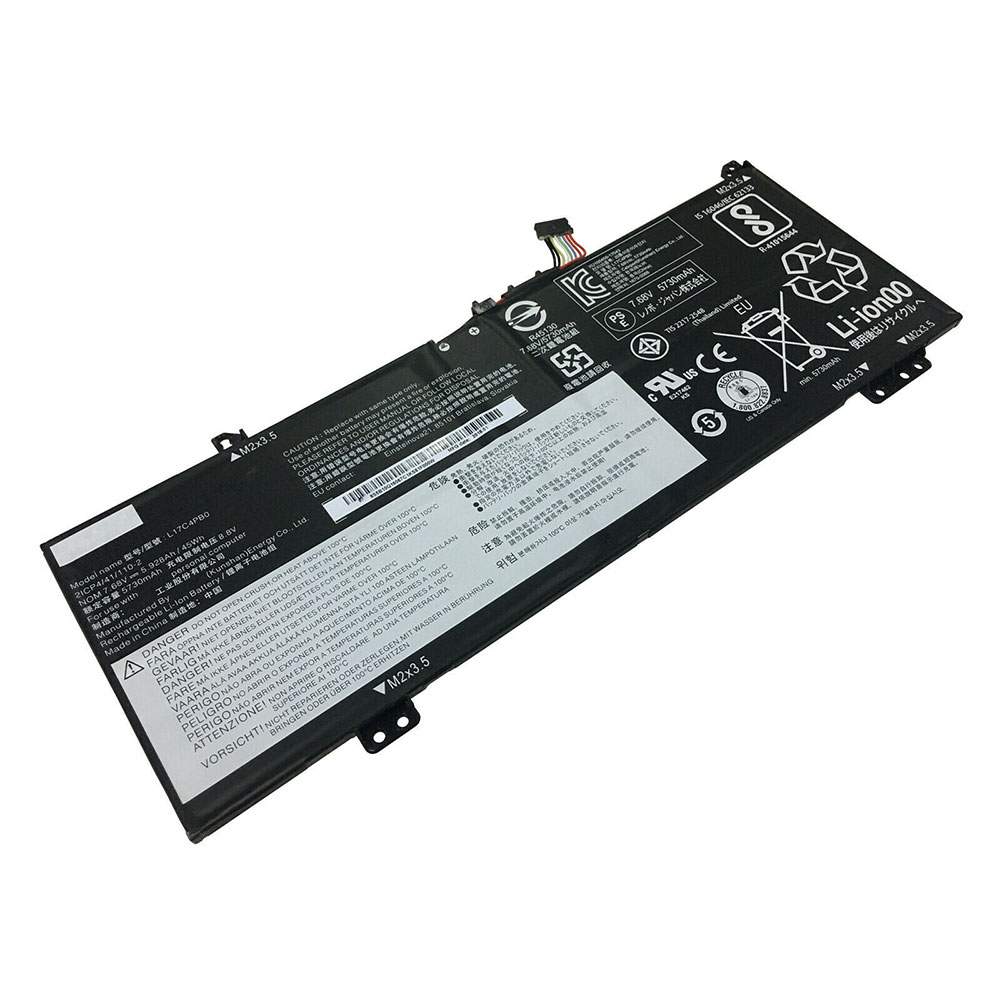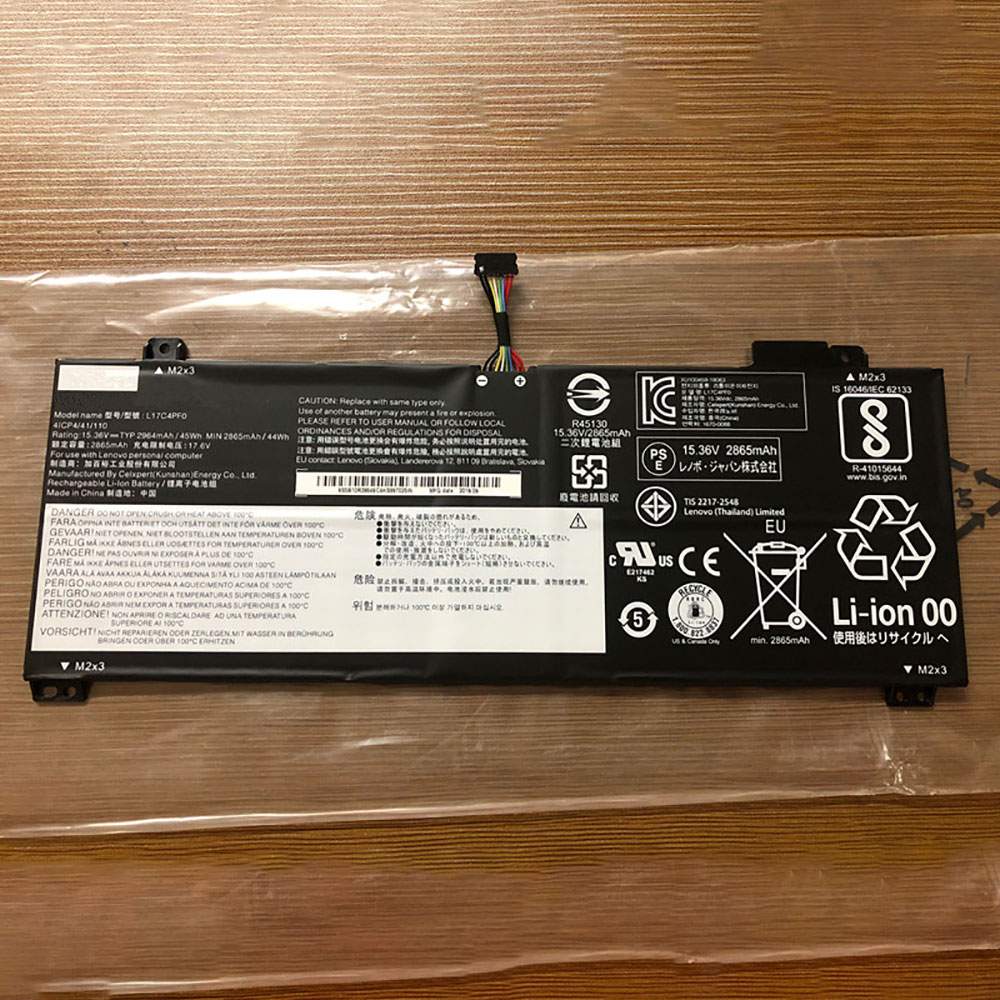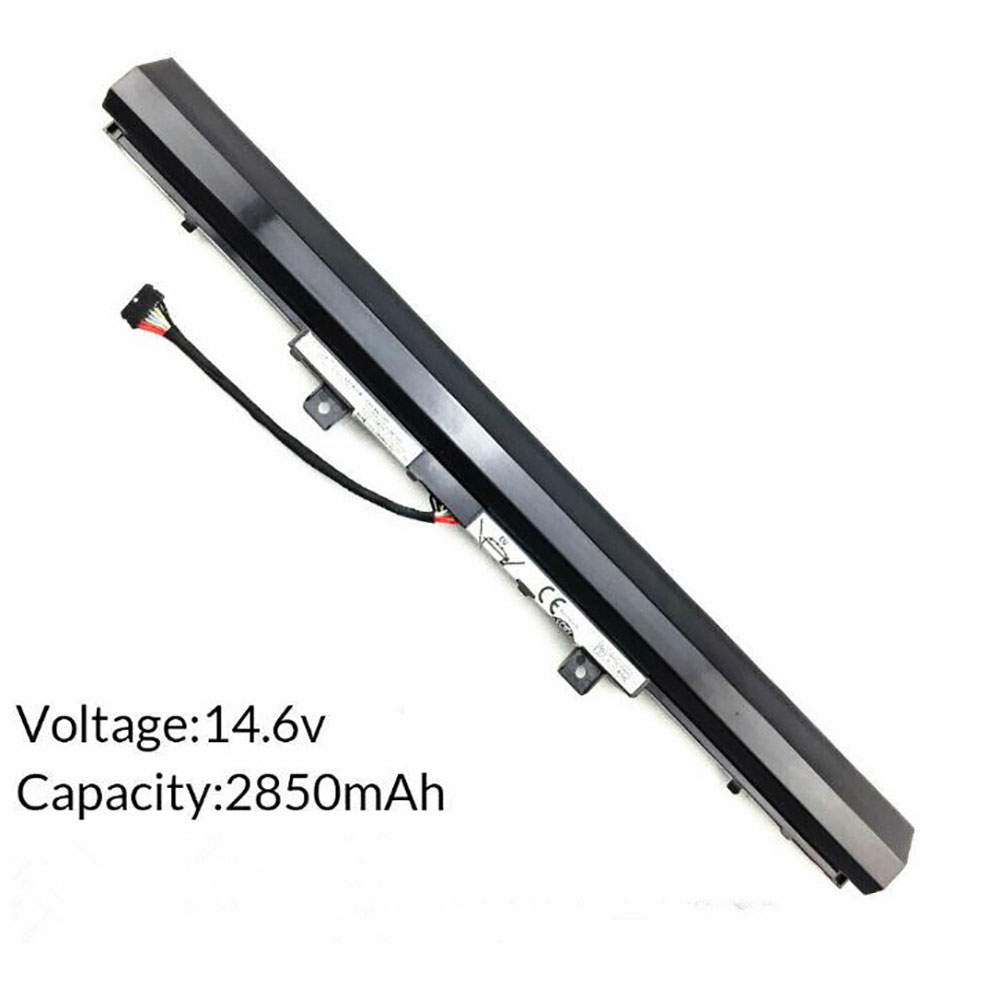It’s beginning to look like a really interesting market. After years of essentially one player taking all the spoils, we now have a significant second that has the technology to make a difference.
The incumbent is of course Intel INTC, which just apologized to customers for continued supply constraints, despite double-digit growth in supply from the first half to the second while maintaining its raised guidance (fourth-quarter revenue of $19.2 billion and EPS of $1.28 and full-year revenue of $71 billion and EPS of $4.42).
Unanticipated increase in PC demand is not the only issue however. Intel is also trying to maintain 14nm production while ramping up 10nm. It’s building out capacity and one might argue why this wasn’t done before while there were all the product delays. But supply-demand parity hasn’t been achieved yet and management hasn’t said anything about when it will be. So that’s that.
On the other side, we have challenger Advanced Micro Devices AMD, which is announcing one breakthrough device after another, significant partnerships with companies like Alphabet’s GOOGL Google and Amazon AMZN and manufacturing alliances with leading edge foundry Taiwan Semiconductor TSM, which is making its 7nm chips.
It’s true that NVIDIA NVDA is also a player, but it doesn’t have x86 at the core and is instead focused on GPUs and the largescale parallel processing they enable. This is making waves at HPC and the data center in general (especially after the Mellanox acquisition). But NVIDIA doesn’t play in all the x86 categories like PCs, mobile computing and data center the way AMD does. So Intel and AMD are the main rivals.
Just for perspective, let’s see what the two companies brought in last quarter. Intel generated $19.19 billion in revenue and $1.42 in EPS (up $27 million and 2 cents a share, respectively, or more or less level with year-ago revenue and EPS in percentage terms). AMD brought in $1.80 billion in revenue and $0.14 in EPS (up $148 million (9.0%) and 4 cents a share (40%), respectively from last year).
So AMD’s revenue and per share earnings are about 9% of Intel’s, making it almost like a David-Goliath situation. Moreover, Intel has $12.025 billion on its balance sheet while AMD has a mere $1.209 billion. AMD also generates a small fraction of the cash flow that Intel does.
The difference in financial position between the two companies, despite the fact that AMD is growing much faster, means that Intel has significant resources to go into a very aggressive price war that AMD will find it harder to sustain. This can especially hurt the company as it preps to target mid and high-range segments (especially in mobile computing).
Intel will no doubt adopt this strategy as its design teams have fallen behind and semiconductor designs take years to develop, which is followed by qualifying the production process, ramping production and bringing to market. Intel being the foundry for its own chips has the added difficulty that it doesn’t rely on expertise that’s already available (it may however do this if necessary).
Intel’s management team is also not what it used to be. Given these difficulties and the fact that current management has admitted to a likelihood of share losses to AMD, all the traditional Intel partners have their Plan B, which is AMD. So they have at least some AMD-powered models and systems.
But what about the valuation? At 12.29X forward twelve months’ earnings, INTC shares are trading in a tight range, but below its median value over the past year. They’re also trading below the S&P 500’s 17.97X. So Intel shares are undervalued. AMD on the other hand is trading at 48.02X, which is close to the high end of the range over the past year, so it’s obviously overvalued.
That would be unless it consistently beats estimates over the next year by a significant margin. So for comparison, let’s take a look at its surprise history. The company has met estimated earnings in each of the last two quarters, it beat by 21% in the quarter prior to that and missed by 11% before that, averaging a 2.2% gain in the last four quarters. This doesn’t look too significant. If AMD doesn’t significantly top expectations in the next year, the current valuation looks untenable.
That’s why we have a Zacks Rank #3 (Hold) on AMD shares and a Zacks Rank #2 (Buy) on INTC shares. You can see the complete list of today’s Zacks #1 Rank (Strong Buy) stocks here.




